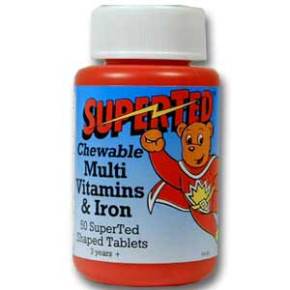Lots of people are fussy eaters. Often it is an ethical decision, like vegetarians/vegans, or out of necessity, such as those with allergies or medical intolerances. It was my relationship with food that was one of the most decisive parts in my diagnosis of Asperger’s Syndrome (AS).
Fussy would be a mild assessment of my eating habits. It began when I was a small baby and the time came for me to start eating solid food. There was a very slim selection of food that I would eat, and if I was made to eat certain things I would involuntarily regurgitate them. The only example that I can still remember was how my mum would try to get me to eat peas – they would come back up again almost instantly. Therefore I did not eat the vast majority of food that most other children did. I recall, early on in primary school, that when I told my class that my favourite food was not pizza, or burgers like theirs, but bread and butter they thought I was quite strange. Although my trouble did come in handy for my family members because once they knew what I liked they could give me that and I wouldn’t get bored with it.
For many years my average meal consisted of what you are likely to find in the average lunchbox: bread and butter; crisps, chocolate bar; yoghurt etc. I would eat this even during Sunday lunch whilst the rest of my family had roast beef or chicken with vegetables and all the trimmings.
Eventually I came to realize that it was the unusual consistency of new foods that made me want to throw up when I ate certain things. The specialist that diagnosed me revealed to me that this is common amongst those with AS because it stemmed from my brain being hypersensitive to touch and texture, and interestingly also explained why my mum’s homemade knitted jumpers felt like torture when I was small.
Things with fluffy textures such as bananas or mashed potato are a big challenge to me. The only way I have been able to expand my diet has been through slow and gradual exposure to new foods, I have built up a tolerance for small amounts of mashed potato as a result. Another way around it has been to alter the texture of foods to suit me. I love the taste of bananas and raspberries (ironically my favourite fruit!) but because of their textual I cannot eat them au naturel because they make me feel nauseated. But, If can cook them into other things like raspberry cheesecake or banana bread I can much away happily. I’m lucky that my attention to timing and small detail has lent itself well towards making me moderately good at cooking, even dishes that I can’t eat myself – just don’t get me started on the horrors of cottage pie!
The types of textures that I like most are hard and/or crunchy things like crisps or green apples, but it’s not an absolute rule as I am also a fan of some soft things like ice cream and jelly, I think what irks me the most are foods that have two different textures or consistencies put together, such as yoghurt or orange juice that have bits in or are non-smooth.
I wished to highlight my dietary idiosyncrasies because they should have been the alarm bells for the various teachers and doctors who overlooked my condition. I was even referred to an NHS dietician, who did little more than regularly measure me, weigh me and recommend multi-vitamin tablets. The main purpose for this blog is to raise awareness so that more people are diagnosed in childhood, as I know from experience that it’s much more difficult to be diagnosed as an adult.

